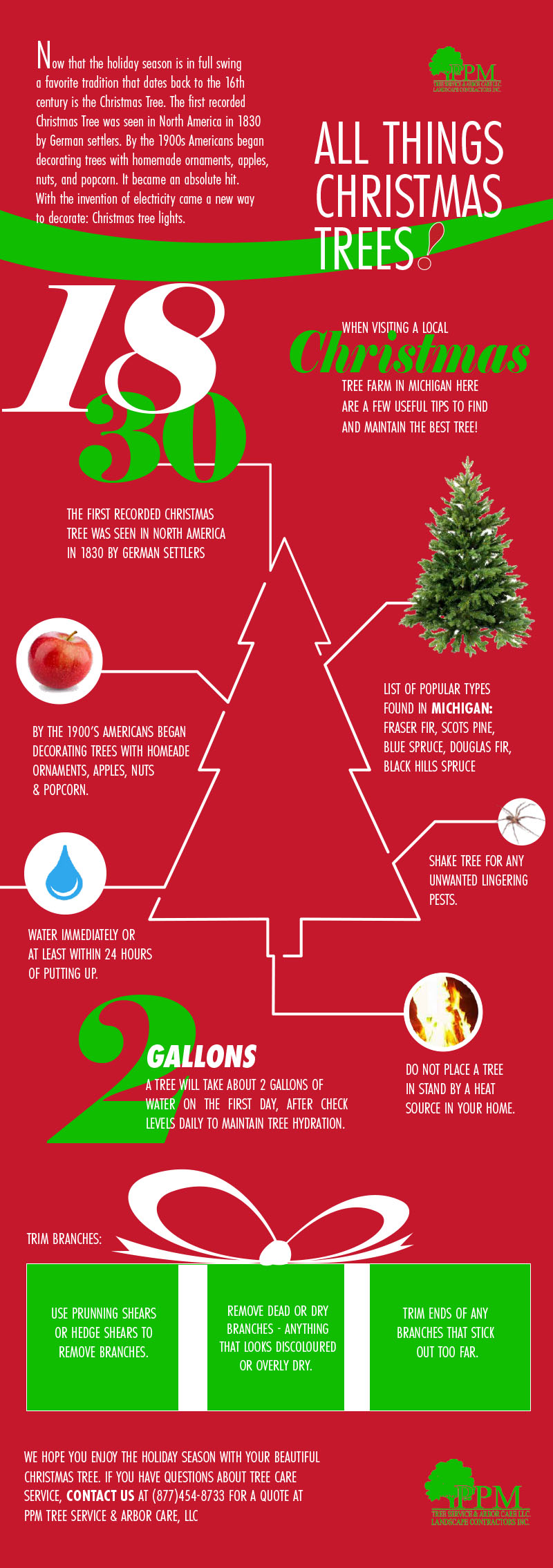Reviewing Tree Wellness: Standards For Choosing Tree Elimination
Reviewing Tree Wellness: Standards For Choosing Tree Elimination
Blog Article
Recommended Studying -Bailey Harrington
If you've ever questioned the destiny of the trees on your residential property, understanding when it's time for elimination is important. Yet exactly how do you figure out if a tree can be saved or if removal is the only option? By trying to find details indications and examining safety risks, you can make informed choices that benefit both your landscape and your environments. Allow's check out the key factors that enter play when determining the fate of a tree and exactly how you can make sure the best outcome for your eco-friendly friends.
Indicators of Tree Decrease
If you discover any one of the adhering to signs of tree decline in your yard, it might be time to consider tree elimination.
One usual sign is dead or rotting branches, which can show underlying concerns influencing the tree's wellness. Look out for stained or wilted leaves that continue despite having proper care, as this could be an indicator of disease or insects.
An additional warning signal is excessive leaning or an obvious shift in the tree's base, which might suggest origin concerns or architectural instability. Keep an eye out for fungal development on the trunk or roots, as this can indicate rot and compromise the tree's security.
In addition, if you observe large fractures in the trunk or significant limbs, it's vital to resolve these problems promptly to prevent potential risks. Attending to these signs of tree decline without delay can help keep the safety and security and visual appeals of your yard environment.
Safety Problems
To ensure the health of your residential property and those around you, prioritizing safety and security issues connected to trees is paramount. Trees can present various safety and security threats otherwise properly maintained. Dead or rotting branches may fall all of a sudden, endangering people or damaging structures.
Leaning trees can also be hazardous, particularly if they're leaning towards a structure or high-voltage line. Furthermore, trees with comprehensive origin systems near structures or below ground energies can trigger substantial damage in time.
It's vital to on a regular basis check your trees for any type of indicators of possible risk. Watch out for cracks in the trunk, huge dental caries, or indications of disease and decay. If you notice any of these concerns, it's best to talk to a professional arborist to evaluate the scenario and establish the required course of action.
Taking aggressive actions to resolve safety and security problems quickly can protect against crashes and home damages in the future. Remember, the security of your residential property and those around you ought to constantly be the top concern when it pertains to tree upkeep.
Consulting an Arborist
When thinking about the health and wellness of your trees, getting in touch with an arborist is a critical action. Arborists are trained experts who focus on the treatment and maintenance of trees. They can examine the overall wellness of your trees, recognize any concerns such as conditions or architectural issues, and offer professional suggestions on the best course of action.
By getting in touch with an arborist, you can receive beneficial insights right into the problem of your trees and figure out whether removal is needed. Arborists have the understanding and experience to assess the threats related to maintaining a tree versus removing it. They can additionally offer advice on different solutions, such as trimming, cabling, or supporting, to help protect the tree whenever possible.
Furthermore, arborists can aid you navigate any regional regulations or allows that might be needed for tree elimination. Their expertise can ensure that the procedure is executed securely and in conformity with any type of relevant laws.
Conclusion
In conclusion, when identifying whether trees can be saved or if removal is necessary, it is necessary to think about indicators of decline and safety and security problems. Consulting an arborist for a complete evaluation is crucial in making the best choice for the tree's health and wellness and potential dangers. Remember, aggressive care and timely activity can assist protect trees and stop accidents.
